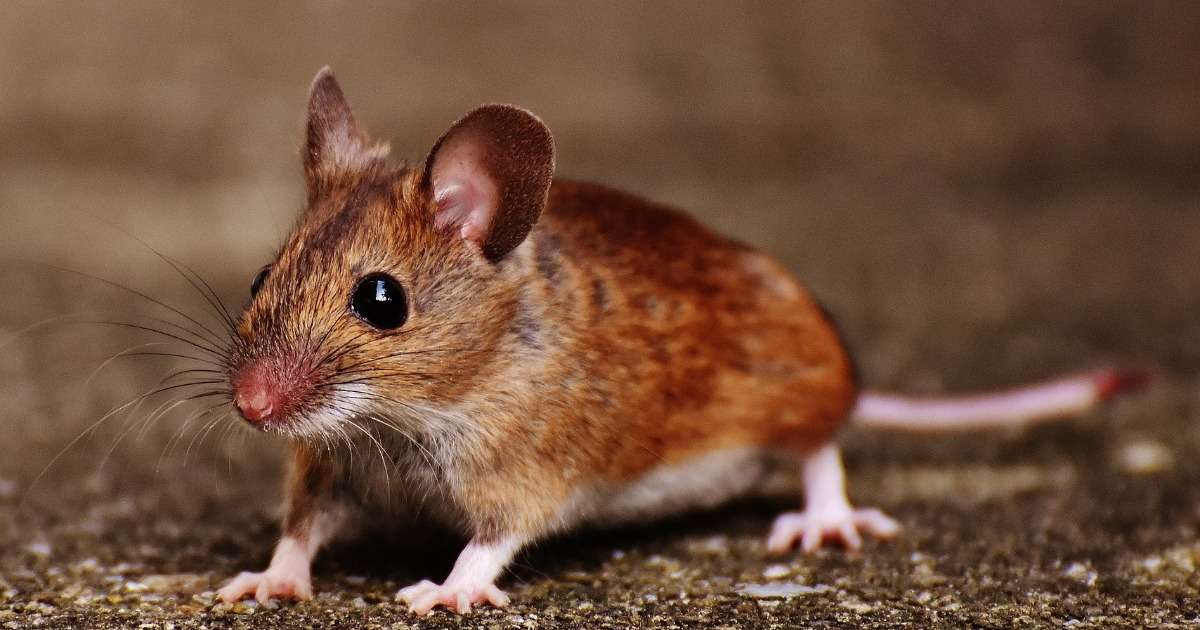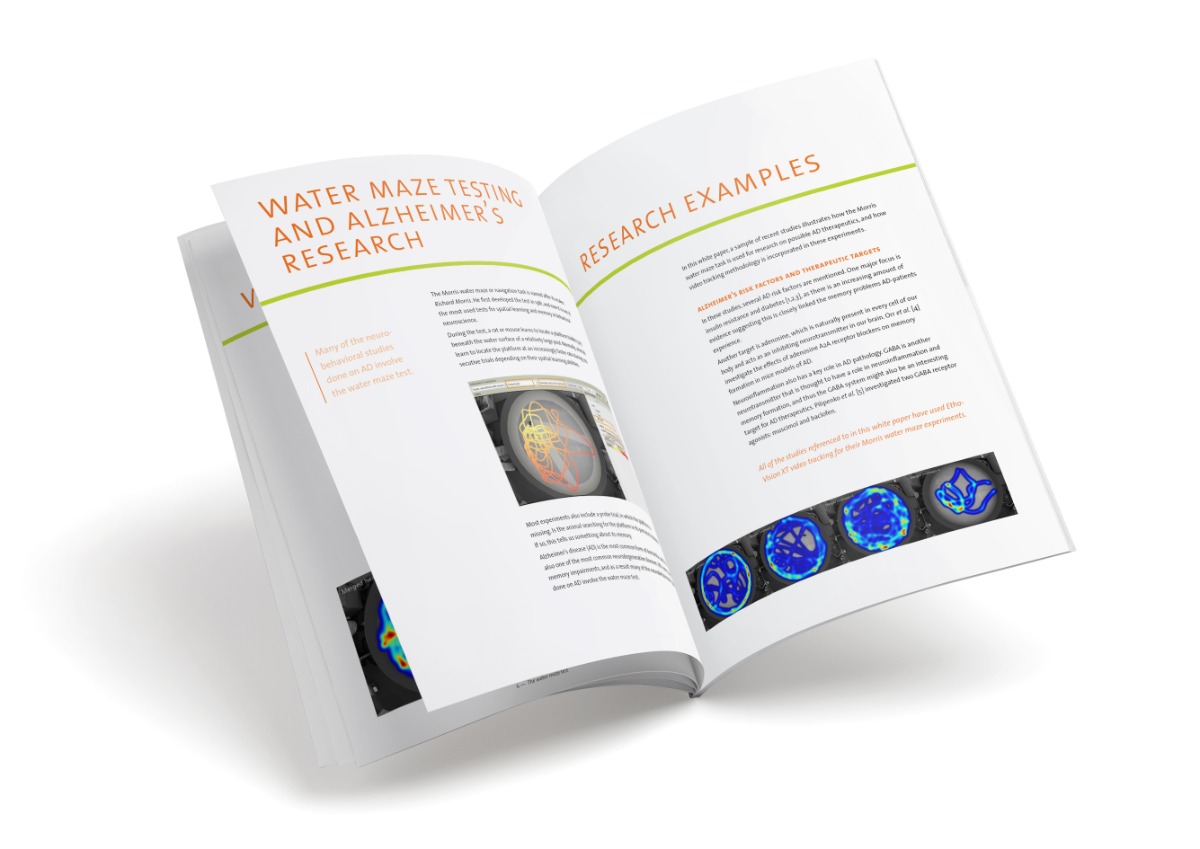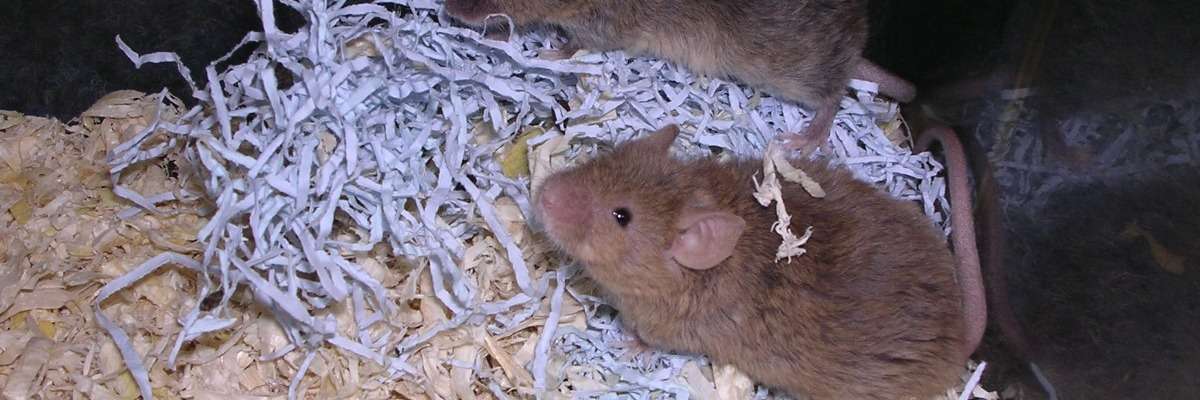
The use of video tracking in a HaXha test
When you get used to something, after a while you might not notice it anymore. It’s called habituation. When you are repeatedly presented with the same stimulus you might cease to respond to it altogether.
Habituation is a form of learning that is often studied in animals, especially in olfactory learning. In a cross-habituation (HaXha) test, the animal is first presented with an odorant and the time it explores the odor is measured.
Getting used to a smell
Then, over time, the habituation process is assessed. A new odorant presents a novel stimulus, and this time the cross-habituation phase is measured.
If the animal spends more time investigating this new stimulus than it did the previous one, it is considered to be cross-habituating.
Sniffing behavior
Last year I spoke to Justus Verhagen and he told me he was planning on investigating sniffing behavior in this context. He recently published his work in Neural Plasticity (Coronos-Samano, Ivanova, and Verhagen, 2016) and was kind enough to even write up a white paper for us. You can find a link to it below.
Video tracking data combined
What is really interesting about the study is that the authors combined whole-body plethysmography to assess sniffing behavior, which underlies odor exploration, and compared this data to video tracking data on nose proximity to the odor stimulus.
A classic criterion for odor exploration is a nose proximity of 2cm or less. With this combination of methods, Verhagen and his colleagues were able to determine that the classic criteria are indeed a fairly accurate assessment of sniff-modulated exploration.
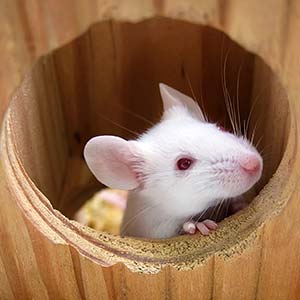
Preventing bias
Verhagen explains that using video tracking prevents possible observer bias that might occur in a human experimenter-with-stopwatch scenario and allows for higher resolution assessment of exploration time.
In addition, this study shows that sniff rate, the elevation of which is equivalent to active odor exploration, is especially well-predicted when combining the nose distance to the odor with data on movement velocity. Head angle to the odor source did not prove useful in this study.
Free white paper!
If you want to learn more about this study, download this white paper for free!
References
The Neural Plasticity paper:
Coronas-Samano, G.; Ivanova, A.V.; Verhagen, J.V. (2016). The Habituation/Cross-Habituation Test Revisited: Guidance from Sniffing and Video Tracking. Neural Plasticity, Article ID 9131284, 1-14.
Get the latest blog posts delivered to your inbox - every 15th of the month
more
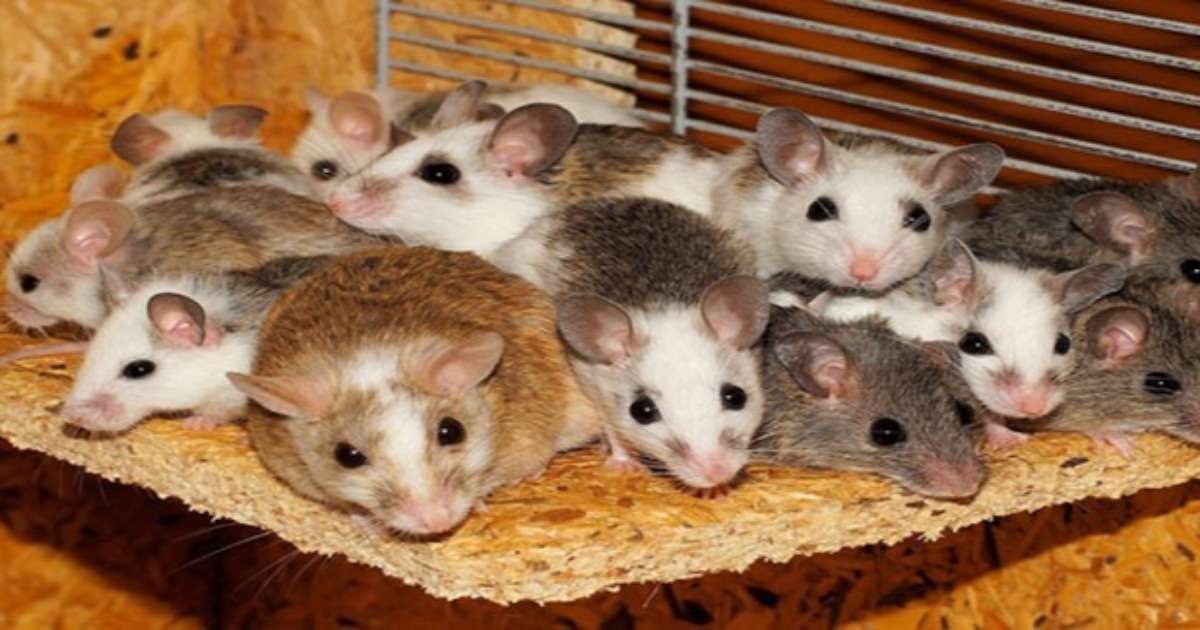
Determining the best housing strategy for mice
When using animal models for scientific research, their welfare should be a priority. Here, we're looking at the effects of different housing strategies for mice, and how PhenoTyper provides researchers with insight.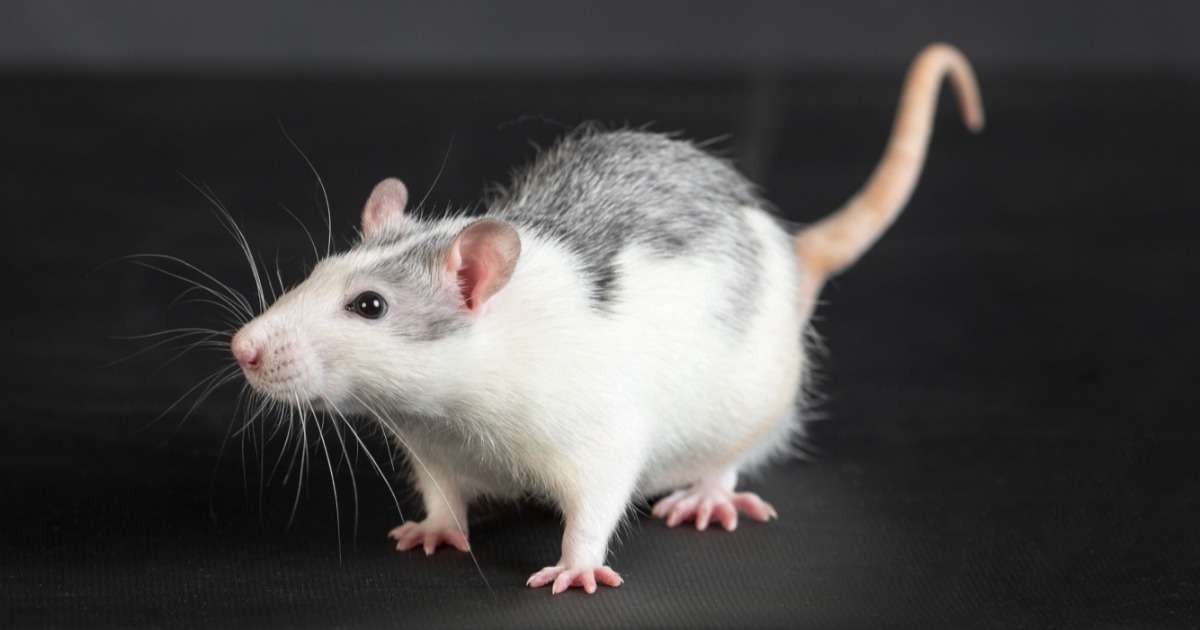
How Automatic Rat Behavior Recognition was developed
If you are familiar with neurobehavioral research in any way, you will know that variables like velocity and distance moved are important parameters in a lot of animal behavioral experiments.